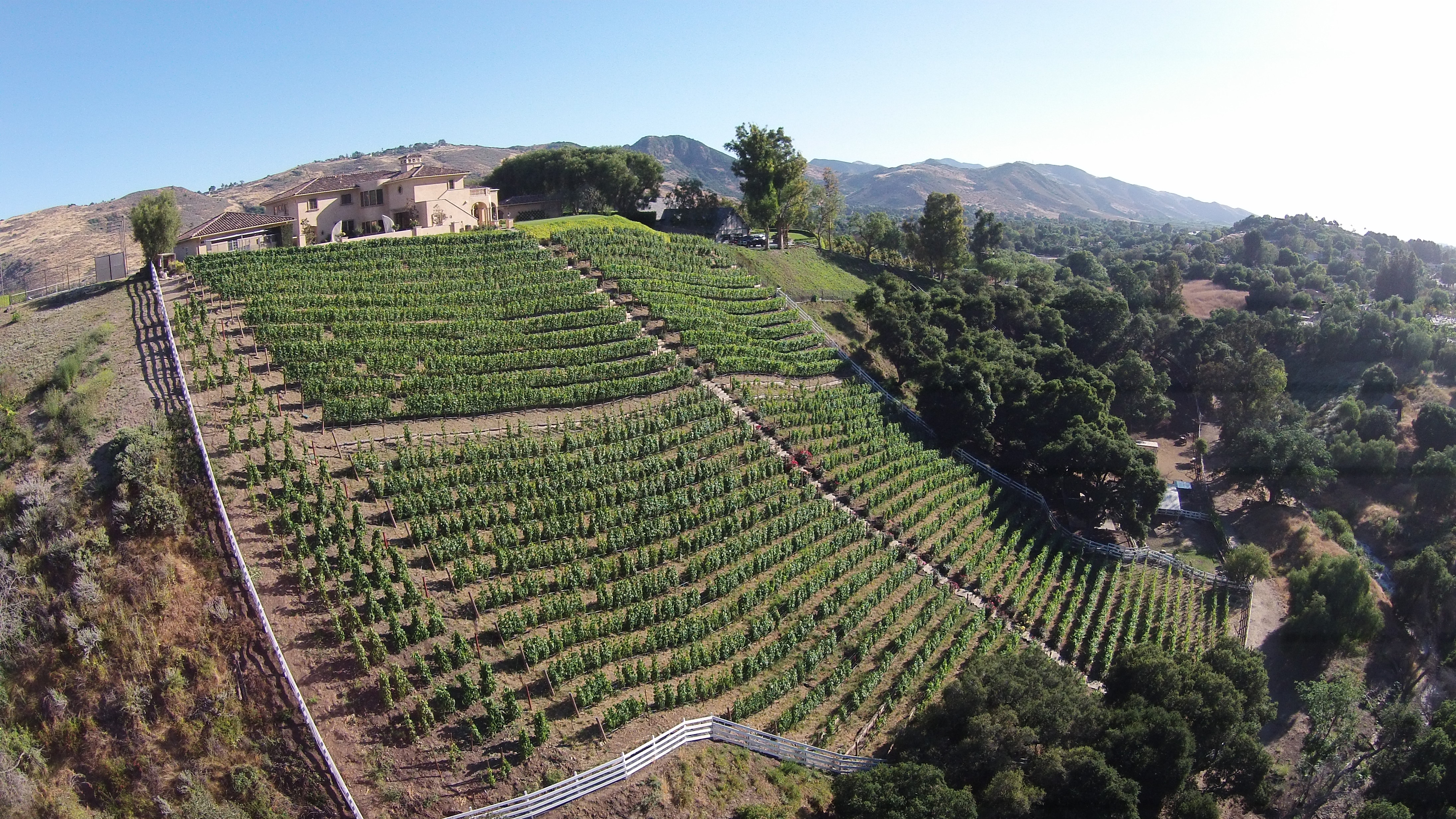Blog
Unpacking the Mysterious Elements of Wine-Making: Terroir
08/14/2017

Since the New Year, we have bottled the 2015 vintage and are very excited for its release later this year. These are some seriously rich, complex wines that will develop beautifully with age. They exude all the characteristics we have come to expect from our vineyard. Every year we are in awe of the estate’s potential and as such, we wanted to tackle one of the more mysterious elements of wine-making: terroir.
For those unfamiliar with the term, terroir is the notion that the natural environment of a grape crop -- the vineyard soil, natural terrain, and climate -- will always influence the quality of the wine it produces. In essence, it is the idea that a wine will taste literally like the vineyard that it comes from. The most common misconception regarding terroir is that a truly great wine only comes from special sites and that these vineyards tend to have an almost magical quality they impart on the vines. The truth is a little less mysterious, but we'll focus on two of the elements of terroir in this article -- the vineyard soil and our natural terrain.
A knowledgeable grower – a viticulturist -- will survey a plot and be able to use its qualities to their advantage. Take, for example, the Al Lago vineyard. Approximately one-third of our estate soil is clay. Clay-rich soils have microscopic pores which allow them to hold high amounts of water and store many plant nutrients. While these qualities are largely favorable in agriculture, high-fertility soils and abundant water sources are generally avoided by grape growers, because great wines are produced when the vines are subjected to a certain amount of stress. Without something to moderate the effect of the clay, the different parts of a grape berry do not mature uniformly. In contrast, a great viticulturist wants an extended ripening period to allow the tannins to develop cohesively with the sugar. An overly stimulated vine will produce an excessive amount of leaves, rapidly increasing the rate of ripening. However, to counteract that effect from the clay, our soil has a fair amount of sand as well. Sand has little to no holding capabilities, which naturally moderates the fertile qualities of clay. Additionally, the Al Lago vineyard is planted atop a severe slope, which promotes rapid run off, limiting the amount of water taken into the soil profile. In vintages like 2017 where the vineyard had a lot of rain, the soil has yet another safeguard against excessive vigor. It possesses a significant amount of magnesium, which also moderates the vine’s growth from the more than 60 enzymes associated with plant growth. All of this produces a slower rate of grape ripening in our vineyard, which is very desirable to produce a great wine. The unique proportion of sand, silt and clay -- known as soil texture -- regulates the extent and speed of water intake, as well as how much of that water is available to plants. It will also determine the ease at which roots can burrow into the soil and thus affect its access to nutrients. As you can see, the soil chemistry will dictate the rate of growth and greatly affect the balance between the crucial aromatic compounds and sugar. Great wines come from sites with exceptional vineyard management. A great grower will not fight the land; rather, he or she will respect its qualities by maximizing its potential and in the process produce wines with a real sense of place.
So, let's discuss your thoughts.
Post By:
Samantha Mogull
Add a comment
Comments are subject to approval and may not post immediately.

